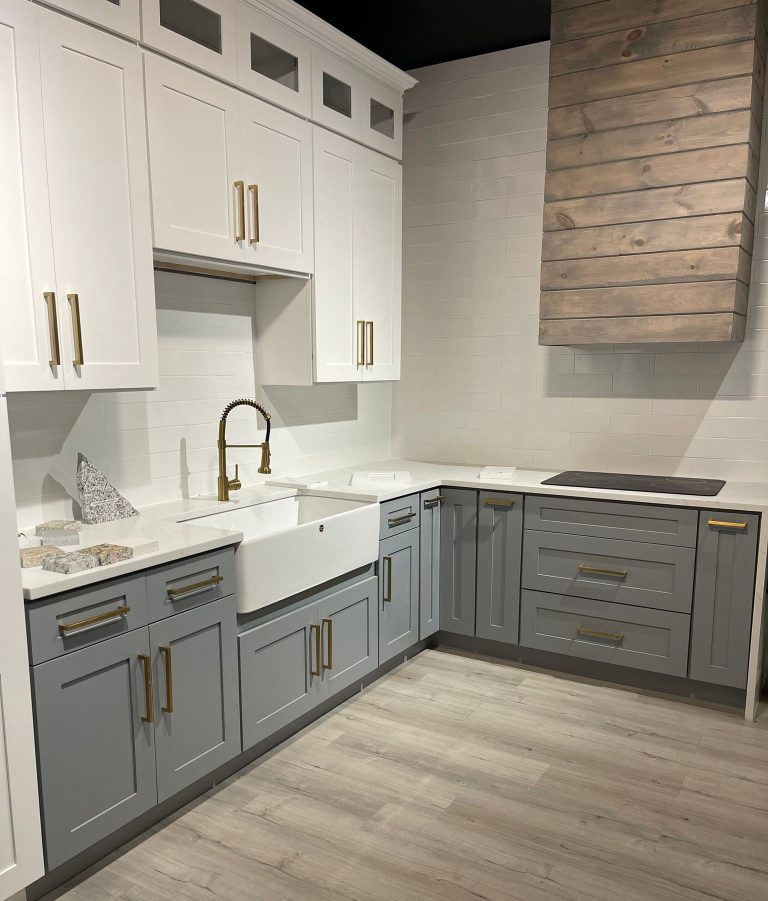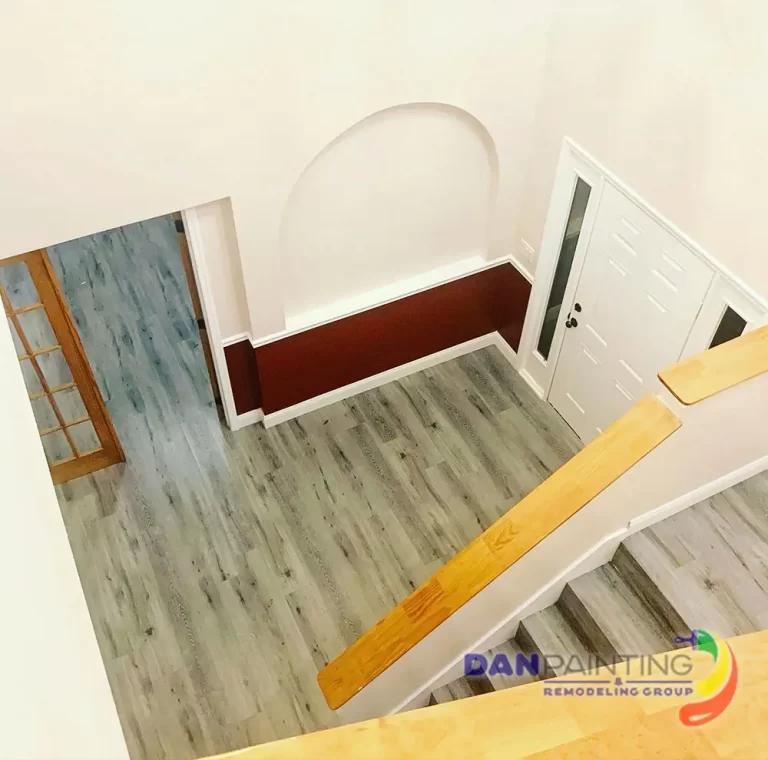Interior House Painting
We proudly serve homeowners and businesses across the Orlando.
Author: Daniel Isturiz
Transforming your home into a personalized sanctuary requires more than just selecting colors; it demands a comprehensive interior house painting approach that combines expertise, premium materials, and a deep understanding of your family’s lifestyle and preferences.
Our clients hire us for the quality of our interior home painting results.
-

- Kitchen Cabinets Painting
We specialize in delivering exceptional interior house painting services that exceed expectations. Our experienced house painters, equipped with professional-grade tools and high-quality paints, are committed to enhancing your home’s beauty with meticulous attention to detail. Whether you’re looking to refresh a single room or complete a whole-house painting transformation, our team brings your vision to life with precision and care.
Interior House Painting Experts in the Orlando Area
From Winter Park to Lake Nona, Dan Painting Group has been transforming homes throughout Orlando with superior interior house painting services. We understand local home styles and architectural nuances, offering personalized consultations to perfectly match your home’s character and your family’s needs.
Proudly Serving Homeowners in Kissimmee
We are proud to bring our comprehensive interior house painting expertise to the Kissimmee community. Whether your home is in the historic downtown area or a newer residential development, our skilled house painters are ready to deliver exceptional results that enhance your property’s value and your family’s comfort.
Our Interior House Painting Services
We customize our interior house painting approach to meet the unique requirements of every home, ensuring professional results that reflect your personal style and stand the test of time.
Residential Interior House Painting
Your home tells your family’s story. Our interior house painting services help you create spaces that truly reflect your personality and lifestyle. From creating a peaceful retreat in the master bedroom to designing an inviting atmosphere in your living areas, we transform your house into the home of your dreams through expert color selection and flawless application.
Whole House Interior Painting
Planning a complete home transformation? Our whole house interior painting services ensure consistency and flow throughout your entire home. We coordinate colors, finishes, and timelines to minimize disruption while maximizing the impact of your interior house painting investment.
Our Proven Interior House Painting Process
Our commitment to excellence in interior house painting is reflected in our systematic approach that guarantees outstanding results, delivered on schedule and within budget.
Understanding Your Home’s Needs
Every interior house painting project begins with a comprehensive evaluation of your space. We discuss your color preferences, lifestyle requirements, and design goals to develop a customized interior house painting plan with detailed timelines and transparent pricing.
Meticulous Surface Preparation
Exceptional interior house painting results start with proper preparation. We address any wall imperfections, fill holes, sand rough surfaces, and apply premium primers to ensure optimal paint adhesion and a flawless finish that will last for years.
Expert Paint Application
Our interior house painting services go far beyond simple color application. Using top-quality paints and proven techniques, our skilled house painters focus on creating the perfect ambiance for each room, ensuring crisp lines, even coverage, and a professional finish throughout your home.
Timely Completion & Long-lasting Results
We respect your time and your home. Our interior house painting team works efficiently to deliver stunning results within the agreed timeline while maintaining the highest quality standards. Your satisfaction with our interior house painting services is our ultimate goal, and we ensure results that will continue to impress for years to come.
Others interior painting services
Frequently Asked Questions About Interior House Painting
How long does interior house painting last? Quality interior house painting typically lasts 7 to 12 years in residential settings. The longevity of your interior house painting depends on paint quality, surface preparation thoroughness, room usage, and maintenance.
How do I select the right colors for my interior house painting project? Consider each room’s natural lighting, function, and your existing furnishings. We recommend testing paint samples on your walls at different times of day. Our interior house painting experts provide complimentary color consultations to help you choose the perfect palette for your home.
How do you minimize disruption during interior house painting? We work with your family’s schedule to create an interior house painting timeline that causes minimal inconvenience. This may include working room by room, scheduling around your daily routines, or using protective barriers to contain work areas while maintaining access to other parts of your home.
Can you paint over existing paint in my interior house painting project? Absolutely. Most interior house painting projects involve painting over existing colors. This requires proper surface cleaning, light sanding when necessary, and appropriate primer application. We’ll assess your walls and recommend the best approach for your specific interior house painting needs.
How can I ensure my interior house painting won’t peel or chip? Peeling and chipping are typically caused by inadequate preparation or moisture issues. Our thorough interior house painting preparation process—including cleaning, sanding, and proper priming—provides the best protection against paint failure and ensures your investment lasts.
Choose Your Interior House Painting Partner
When you select our interior house painting services, you’re choosing a team dedicated to transforming your house into a home that perfectly reflects your style and enhances your daily life. Let us be your trusted partner in creating beautiful, lasting interiors through expert interior house painting.
Ready to begin your interior house painting transformation? Contact us today for a free consultation and discover how our interior house painting expertise can enhance your home!




